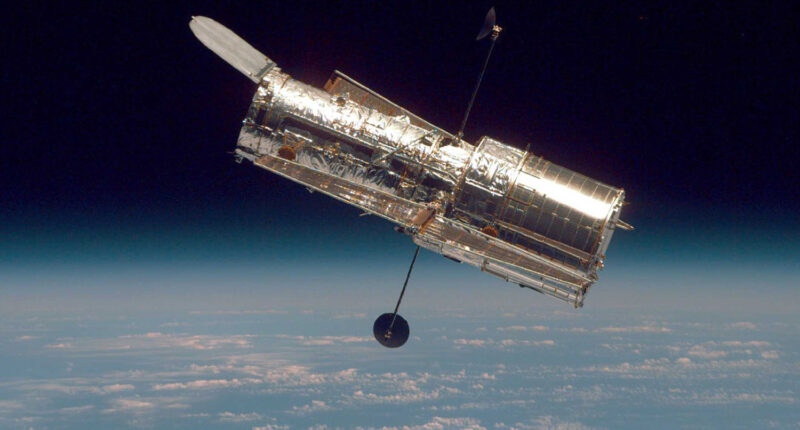TUCKED in the Milky Way is cluster of stars which scientists estimate to be around 12billion years old.
A new image from the Hubble Space Telescope released today shows a sea of stars near the centre of the Milky Way – the galaxy which Earth calls home.
But this star cluster has an ancient secret.
The stars in this image are said to be about 12billion years old – making them some of the oldest in the universe.
The massive collection of stars, known as a globular cluster, is called Pismis 26.
The cluster was named after Paris Pismis, who discovered the collection at the Tonantzintla Observatory in Mexico more than 60 years ago.


Hubble, a project between Nasa and the European Space Agency, was launched into space in 1990.
The dazzling image is the latest dusting of evidence that Hubble is yet to be retired as its successor, the James Webb Space Telescope, continues to make its way through space.
The James Webb Space Telescope has continued to outshine expectations in its first year in action.
The $10billion (£8.3billion) telescope was flung into space on Christmas Day 2021.
Most read in Tech
Since then, it has photographed the universe in the greatest detail human eyes have ever seen.
The telescope has captured imagery of black holes, exoplanets and distant galaxies in the past 12-months.
Just last month the massive telescope found a bunch of planets that could well be suitable for life.
Experts got their first glimpse of seven planets orbiting their Sun, known as TRAPPIST-1, an eyewatering 39 light-years away from Earth.
The telescope revealed to experts that the planets are within their sun’s goldilocks zone – where the conditions for liquid water and life are ‘just right’.
It’s too soon to know for sure but scientists reckon they will have a better idea in the coming years thanks to James Webb’s ability to detect never-before-seen details in space.
Best Phone and Gadget tips and hacks

Looking for tips and hacks for your phone? Want to find those secret features within social media apps? We have you covered…
We pay for your stories! Do you have a story for The Sun Online Tech & Science team? Email us at [email protected]









